As a culture, we’re sort of obsessed with catastrophe. On any given day you can go out to a nice dinner with your honey and then sit down with a big tub of buttery popcorn and watch the latest post-apocalyptic film while you recline in the comfy theater chairs and scare yourself silly. Then the lights come up and you (hopefully) have a new appreciation of your full belly and our pre-apocalyptic world.
Here’s the thing though: real disasters happen. Even without nuclear war, climate change, or ebola, Apocalyptica is one volcano eruption, earthquake, or hurricane away. We have seen the effects of serious natural disasters on human life from the earthquake in Nepal to Hurricane Katrina in New Orleans to the eruption of Mount Pinatubo in the Philippines. They terrify us and fascinate us at the same time.
There’s not a whole lot we can do to prevent disaster, but there are a few things we can do to try to be ready for it if it comes. One of those things is knowing how to eat what grows wild on the land around you. I’ll tell you about a few plants that are probably growing nearby that could feed you and your family while you’re surviving a North American apocalypse. I also suggest getting a field guide for your area and creating a “go-bag” with tools and safety supplies, but let’s start with some edible weedy friends.
Rules about Eating off the Land
There are some basic rules about foraging because even during the apocalypse you want to be safe.
- Know your plants. Do NOT eat something you aren’t 100% sure you know what it is. No exceptions.
- Know what part of the plant to eat when. Typically you’ll find roots in the fall and winter, greens in the spring, and flowers and greens in the summer.
- If the plant looks sick, don’t eat it.
- If the plant is growing next to something dangerous, don’t eat it. Nuclear power plant? Don’t eat it. Growing next to something poisonous? Don’t eat it. You can probably find it elsewhere.
Edible Plants to Know
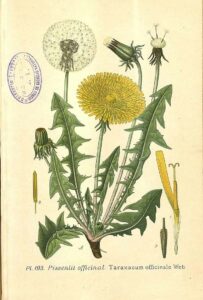 1. Dandelions
1. Dandelions
Dandelions are my number one forage food. They grow all over the world and can sustain you indefinitely if you need them to.
Dandelion greens make a wonderful salad, especially the fresh spring greens that come up before the flower. The root can be eaten like a carrot, pickled to keep longer, or roasted and used as a caffeine-free coffee substitute. The flower can be eaten (and is delicious when young) or made into a nice wine.
If you’re in a situation where you have to be on the hoof for a while, gather as many whole dandelion plants as you can. Make sure you can identify what is a dandelion and what isn’t. Currently, there are no known dandelion look-alikes that can really harm you, but many look-alikes don’t have the beneficial properties of dandelions.
2. Thistles
Thistles are all edible. They look mean because of the spines and the crazy looking flower, but they’re edible and actually pretty tasty. They take a little bit more processing than the dandelions do because you have to pull the spikes off of the leaves, but they make a healthy meal.
Thistle leaves, stalks, roots, and young flower balls are all edible. Eat the first year leaves and fall time root and the second year has the stalk and the flower. Yum! All true thistles are safe to eat, but not all thistles are super tasty. When you’re hungry you don’t always care about such things, but keep that in mind.
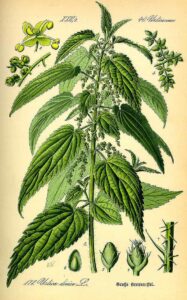 3. Stinging Nettle
3. Stinging Nettle
Stinging Nettle is easy to identify because its dark green, serrated leaves hurt you when you touch them. They can be difficult to collect because of their electromagnetic stings, but once you cook or dry them, that sting goes away. They’re totally worth the boost of vitamins and minerals that they supply.
Some people like to make pesto with these nutritious greens. That might not be a complete possibility during the apocalypse, but worth mentioning.
4. Mustard Greens
Mustard greens are some of my absolute favorite forage foods! Mustard is a very invasive plant so if you find one, you’re bound to find a whole lot more. The greens are a little bit spicy and very high in vitamins and minerals. The seeds and flowers are delicious and great for your gut.
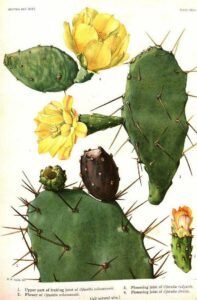 5. Prickly Pear
5. Prickly Pear
Prickly pear is an important food to know about. It has been naturalized all over the country because it’s so cool looking, but it’s native to the southern deserts of North America. Because of its ability to control blood sugar and the outstanding amount of amino acids, vitamins and minerals it contains, this plant was a staple in the diets of Southwest native peoples. Recent studies have suggested that the discontinued use of this plant in traditional diets could be linked to the high rates of Type II Diabetes in Native American peoples.
Bad Eats
There are quite a few plants that can really hurt you and/or kill you dead. I’m not going to list them because there are a lot of them. If you’re foraging, the most important thing you can do is know exactly what you’re eating and read your field guide. The only time you can identify a plant 100% is when it’s flowering.
One Very Important Example
Poison Hemlock will stop your heart. I was in Northern California last week and there are fields full of this invasive frenemy. He’s beautiful with his big white flowers and he’s definitely inviting because he looks like a lot of our edible and medicinal friends but don’t let him fool you. The best way to tell it’s poison hemlock is to check the stem, if it has purpley spots, don’t work with it.
A Note About Mushrooms
Mushrooms can save your life or take your life. If you come across mushrooms in your forage, do not eat them unless you have keyed out the exact mushroom and you know that you’re eating something life-giving. They’re amazing little creatures, but they’re largely mysterious, even to the best-studied mycologists. If you’re interested in mushrooms, get a good field guide.
Do you have a favorite food growing in the wild? Let us know in the comments below!
by Aubrey Wallace, Resident Herbal Scholar
Sources:
About Education – Mount Pinatubo Eruption
NRDC – Natural Disasters: Be Aware, Be Prepared
Eat the Weeds – Thistle: It’s That Spine of Year
Live Science – Ancient Poop Gives Clues to Modern Diabetes Epidemic
Mars, B. (2007). The desktop guide to herbal medicine: The ultimate multidisciplinary reference to the amazing realm of healing plants, in a quick-study, one-stop guide. Laguna Beach, CA: Basic Health Pub
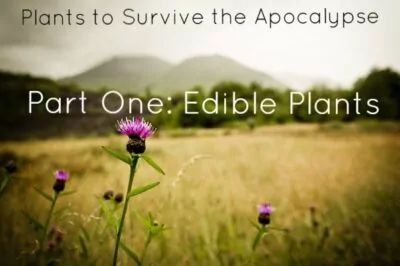

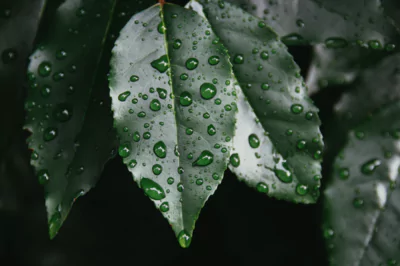
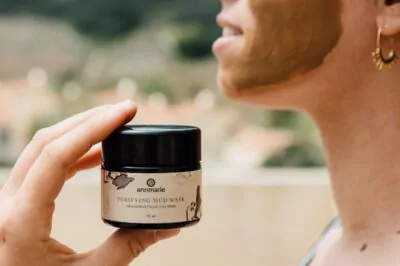
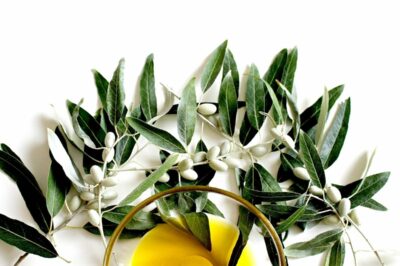
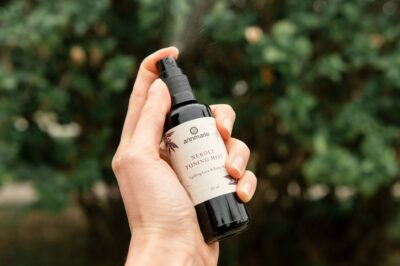
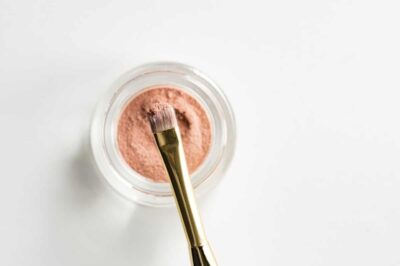
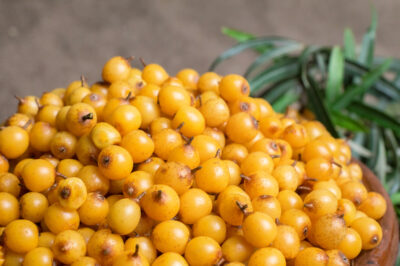
chicken mushroom – Laetiporus -after a rain they are pliable and really do taste like chicken. Can feed a family…and good eating. Prepare just like you would chicken. Have been on wildcrafting walks with Steve Brill a Naturalist & found pounds of it – took it home and cooked it. really good.
http://www.wildmanstevebrill.com/Mushrooms.Folder/ChickenMushroom.html